Request a qoute.
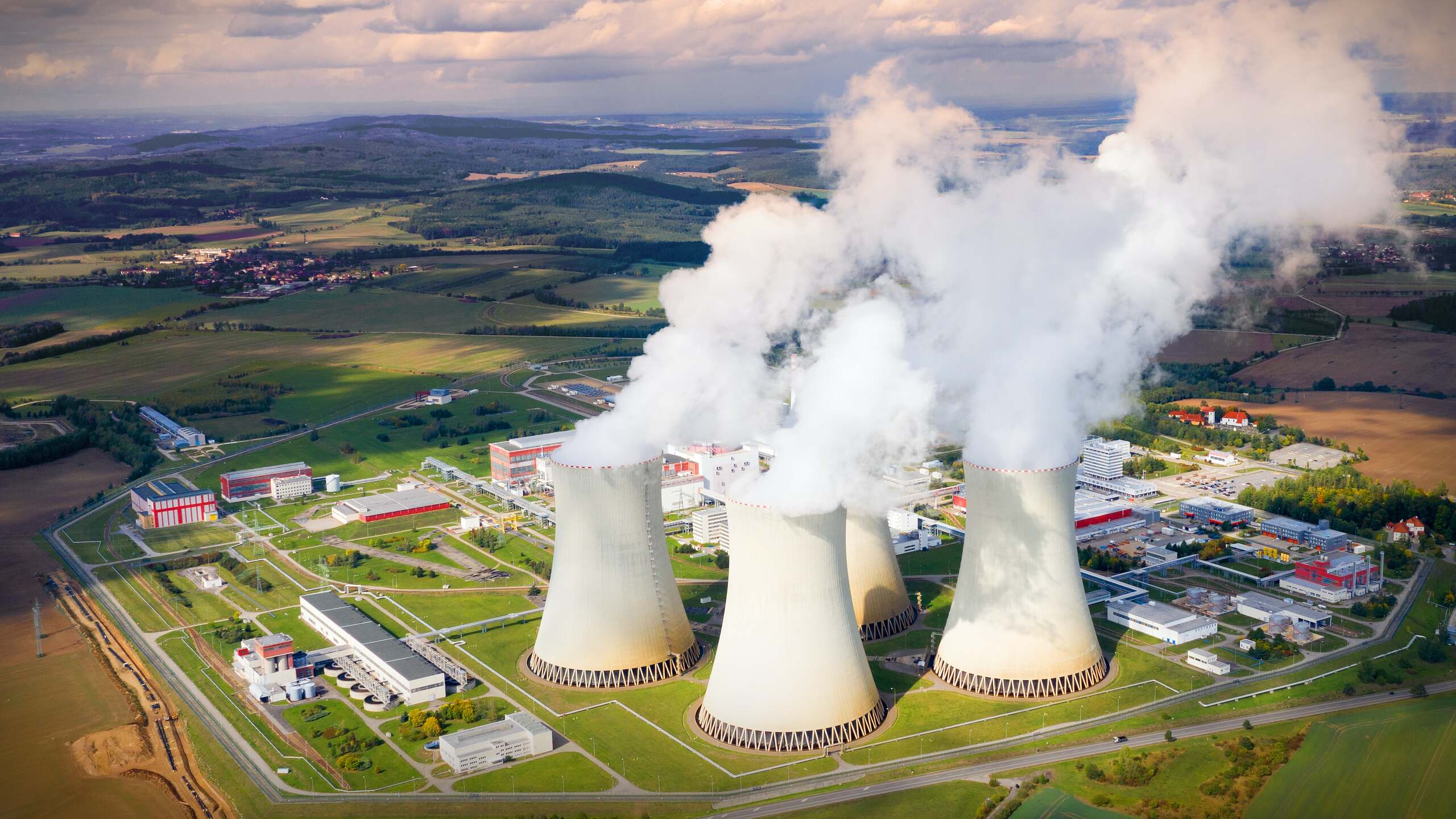
A systems approach to treating and eliminating VOC emissions
The term VOC (Volatile Organic Compounds) refers to a broad range of various chemical compounds. All VOC are organic chemicals (i.e. containing carbon) with a high vapor pressure at ordinary room temperature. This group of compounds is divided in categories such as aromatics, aldehydes or hydrocarbons. Each category has different chemical properties, possibly leading to various environmental issues.
Emission sources
The VOC are emitted by various sources throughout the European region. The most common ones are the “industrial processes” and the “commercial, institutional and household fuel consumption”. Only those two sources combined emit two thirds of the total European emission. VOC emissions can be from direct “end of pipe” sources seen at large and small scale manufacturing plants and waste management facilities, along with many others. Others are diffuse, meaning that emissions are generated in open areas such as in agricultural enterprises or vehicles.
Figure 1. VOC emission sources in the EU-28 area. Source: “Air quality in Europe – 2017 report” EEA Report No 13/2017.
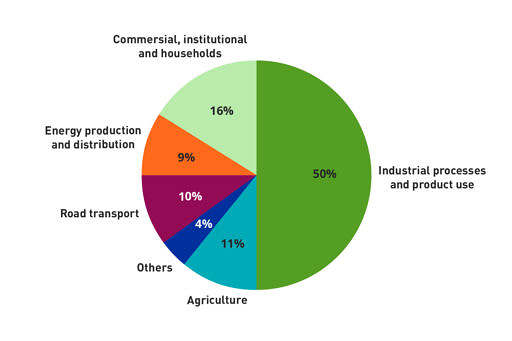
Environmental problems
The emission of VOC in the atmosphere causes environmental issues. Some VOC may cause odor problems due to their high odor intensity. Such cases are often encountered in food processing industries and wastewater treatment plants. Toxicity is another issue related with VOC. Even if the use of the most toxic compounds has been strictly limited and abandoned in recent decades, the shear amounts of VOC from single point sources contribute to pollution and health-hazards both locally and regionally.
For this reason, regulations are in place to reduce this hazard. A typical example is the solvent emission from industries such as the pharmaceutical, textile, paint and coating. Some VOC are the source of odor emissions which contribute negatively to land value and are often subject to local restrictions and must be solved. Some VOC contribute to the global greenhouse effect due to their ability absorb heat radiation.

VOC in industrial and commercial applications
As the number of unique compounds which are 1) organic and 2) volatile exceed millions, treating VOC is a challenge due to the unique properties associated with each substance, for example polarity, molecular structure and molecular size. However, there are some molecular types which exhibit at least similar characteristics which practically can be considered. Below are some of the most common types of compounds found in industrial, commercial and municipal settings today.
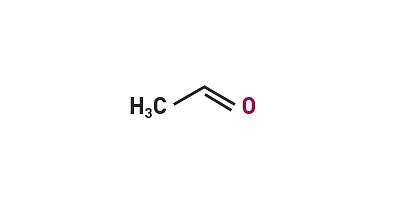
Acetaldehyde (aldehydes)
Acetaldehyde belongs to the category of aldehydes. It is naturally found in coffee, bread, and ripe fruit.
Acetaldehyde is one of the most important air pollutants because it is toxic, irritating and carcinogenic. Acetaldehyde emissions may also cause odor problems, especially from commercial kitchens and food processing industries.
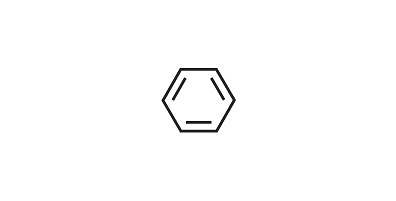
Benzene (aromatics)
Benzene is one of the most famous aromatic compounds. It has been widely used as solvent and it currently is an important intermediate in the chemical industry.
Due to being a known carcinogen, the use of benzene as a solvent has been widely replaced. The industrial emissions from industries such as petrochemical and chemical production need to be carefully monitored.

Acetone (ketones)
Acetone belongs to the category of ketones. It is widely used as solvent in many industrial processes.
Even if acetone does not have a high toxicity, emissions with high concentration are strictly regulated. Acetone may be found in industries such as pharmaceutical, textile and paint industries.
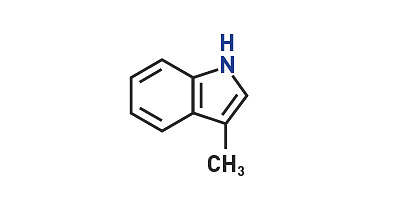
Skatole (aromatics)
Skatole is affiliated to the category of aromatic. It is naturally produced in the digestion of proteins. In low concentrations, it is used as fragrance.
While pleasant at low concentrations, skatole is malodorous at higher concentrations. It is often related to odor problems in wastewater treatment plants.
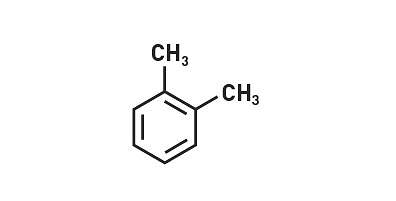
Xylenes (aromatics)
Xylenes belong to the category of aromatics. They are important chemical intermediates used in production of plastic PET bottles.
Air emission of Xylenes is often associated with odor problems, due to the low odor threshold. They are also toxic if emitted at high concentrations. Xylenes are emitted by biogas production plants any chemical industries.
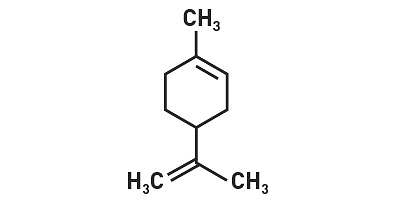
Limonene (terpenes)
Limonene is one of the most common terpenes. It is the major component in oil of citrus fruit peels, so it takes its name from the word “Lemon”.
Emissions of limonene are related to odor problems, due to the low odor threshold and high concentration in many types of plants. Limonene is emitted from food processing and biogas industries.
We are specialists in analyzing the type and concentration of VOC in your case. Read more about air and odor analysis .
Directives and regulations of VOC emission
Due to the environmental issues caused by VOC, several directives and regulations has been enforced, both at the European and national level. Considering the European directives, two important milestones were set by the 2001/81/EC and the 2016/2284. The first directive sets national emissions ceilings for the VOC emission from all sources to be reached by the year 2010. The second directive specifies the percentage reduction for the VOC emissions, both for the single countries and for the whole EU-area. Since the 2001, the EU has been very active for reducing the VOC emissions, setting high reduction goals as shown in the figure. The 2016/2284 EU directive was transposed in Sweden by the Swedish parliament with the regulation SFS 2017:418.
The image on the right displays planned VOC emissions reduction according to the Directive 2016/2284 for the EU-28 area and for Sweden. The percentage reduction is calculated based on the emissions for the year 2005. Two milestones are set: the year 2020 and 2030.
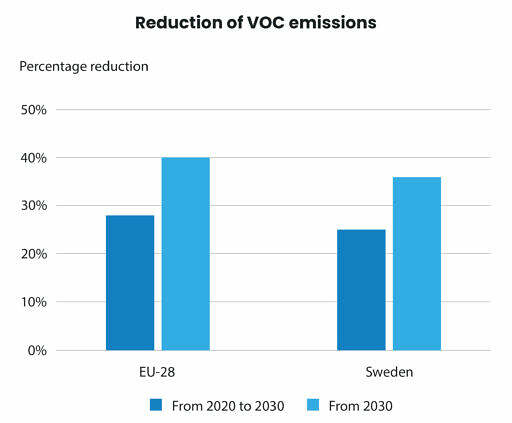
VOC removal for specific industries
Besides the directives regarding the overall VOC reduction, specific actions were taken to limit the emissions from certain industries and sectors. One example is the directive 2010/75/EU regulating combustion plants, incineration plants, production of titanium dioxide and use of organic solvents.
For this last sector, many limits for the emission concentrations in waste gases were defined, according to the type and size of industry using solvents. Most of these limits vary between 20 and 100 mg C/Nm3. As for all the EU directives, the 2010/75/EU was transposed in Sweden with the regulations SFS 2013:254 and SFS 2014:20.
At Mellifiq, we serve various markets and industries with VOC removal services and treatment systems, such as in biogas and food & beverage plants.
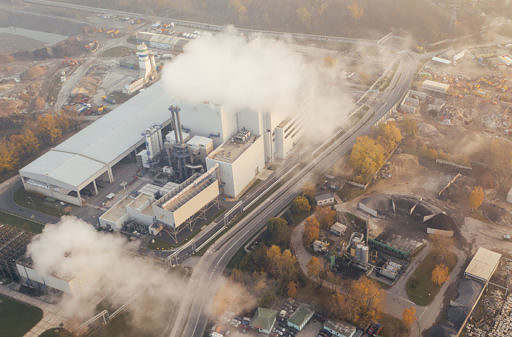
Systems and solutions
We offer a wide range of solution to remedy the particular needs of our clients, both in the form of singe unit deliveries or a combination of systems from our Ozonetech, Nodora and Saniray brands, for cases which prove especially challenging. The situations are often characterized by a mix of compounds with inherently different molecular size, structure and physical traits. Such situations generally call for diverse types of technology operating in combination.
Ozonation for degradation by oxidation
Mellifiq has taken as its mission to deliver the most cost effective and complete VOC removal tools, in which ozonation is shines with its flexible operation, installation and efficacy. The Ozonetech RENA Pro system offers a premium ozone treatment for the process stream. Ozone reacts with the emitted VOC, oxidizing them either partially to smaller structures or completely with water vapor as its only by-product. Ozonation alone may provide an efficient overall solution to a wide range of emission sources.
We consistently provide our RENA Pro systems with a tailor-made approach, precisely engineered to meet the unique requirements of each individual case. We carefully consider the relevant inlet parameters, such as air flow and VOC concentration, in order to dose the precise amount of ozone necessary to attain our target. A tailor-made solution like this provides substantial energy savings and improves process efficiency, resulting in lower operational costs.
Read more about our RENA Pro solutions or download our brochure.
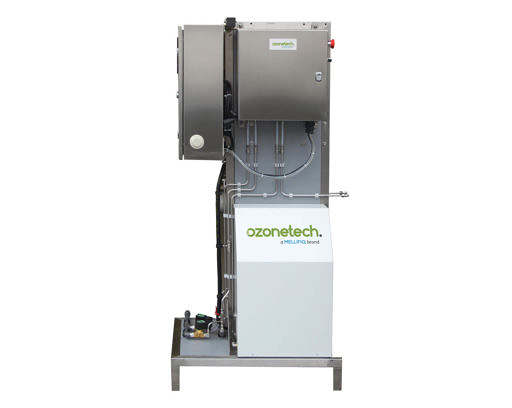
Saniray Aurora offers operational simplicity
As a complement to ozonation, or stand-alone solution, we offer compact and efficient UV treatment to help lower the VOC levels of the emissions. We have designed our Saniray Aurora A- and B-series system with a special emphasis installation flexibility to handle flows up to 20 000 m3/hr per unit, offering low-pressure lamp systems with uni- or bichromatic wavelenghts for low operational costs. The use of UV systems accommodates physical degradation of a wide range of VOCs with 150-300 nm wavelength absorption.
Our Saniray Aurora UV line is especially suitable combined with our Nodora ADS and Ozonetech RENA Pro turn-key ozone systems. For challenging situation where it is imperative to achieve maximum operational redundancy and treatment effectiveness, Computational Fluid Dynamics (CFD) can be applied to optimize UV reactor flow patterns to achieve optimal UV dose, exclusively offered by Mellifiq as a high-end consulting service.
Read more about our Saniray UV systems & solutions.
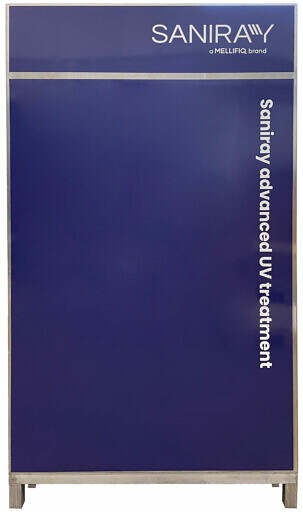
Nodora ADS – the go-to solution for all adsorption and filtration needs
Responding the overwhelming stream of projects world-wide, Mellifiq offers a superior type of VOC removal units, based on several years of R&D, offering the most space-efficient and flow-optimized system on the market. Our Nodora ADS line gives flow capacity flexibility with no upper limit and is suitable for both small and high VOC content. Based on the types of VOC compounds, each Nodora ADS delivery can be tailored using uniquely selected filtration media, to which a guideline can be found at our filtration media section.
Read more about our Nodora solutions or download our brochure.

Engineered solutions for the best outcome
Mellifiq’s offering of stand-alone solutions, as highlighted above consisting state-of-the-art tailored within ozonation, UV and filtration. There are situations where the VOC compounds may be particularly difficult to degrade, or if the flows and concentrations are high, or if the emissions limits are especially stringent.
In such cases, Mellifiq takes pride in engineering a combination of technologies, all within the company group umbrella, to dissect even the most challenging situations.
Multi-technology process solution
It should be underlined that different methods may solve VOC emissions independently, but operate under strictly different principles, adopting physical adsorption or degradation through chemical or physical means.
Mellifiq engineers may, based on information given by our clients on the specific requirements and needs, both current and future, use a combination of ozonation, UV and adsorption in which the combination effect will, in most cases, ensure lowest possible operational cost combined with highest possible level of VOC reduction.
Advanced Oxidation Process (AOP) with polishing – then release
The most effective approach to difficult VOC removal is to allow for an Advanced Oxidation Process (AOP) to occur using ozonation and UV, in which even the most recalcitrant compounds will be allowed to degrade significantly utilizing radicals with elevated oxidation potential. The residual fractions of VOC substances are then polished in a downstream adsorption step. The illustration below exemplifies this process, resulting in near zero emission levels along with prolonged adsorption media life time compared to a stand-alone solution.
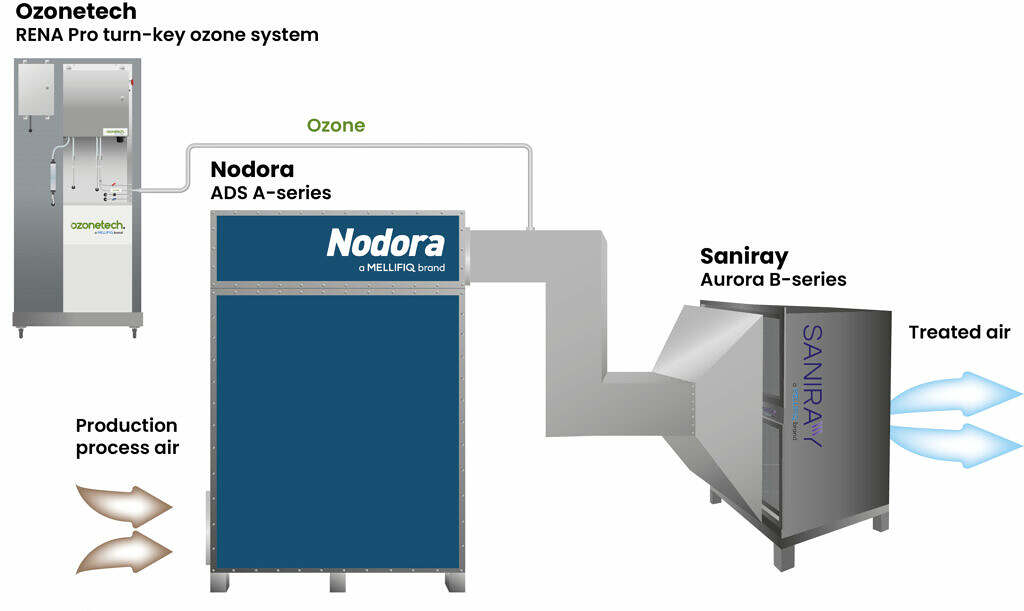
Related reference project.

Solved: Hard-to-treat odor emissions from innovative wood processing company
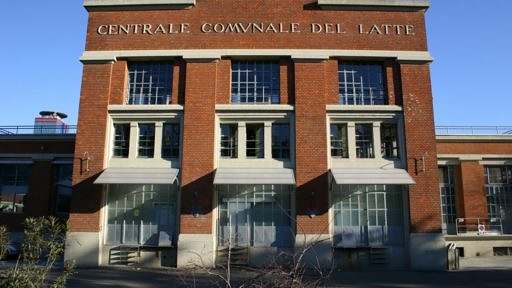
Dairy factory in Brescia, Italy installed multiple technologies from Mellifiq for both odor control and upgrading CIP








